Starch is a polysaccharide that is formed as a result of photosynthesis in plant leaves. It accumulates as an energy reserve in the roots, fruit and seeds in the form of starch grains.
It consists of two main polysaccharides - amylopectin and amylose, but their ratio is completely different for individual starch sources. Both polysaccharides are polymers of glucose. A typical starch polymer chain consists of approximately 2, 500 glucose molecules in varying degrees of polymerization.
The food product starch is starch grains that are extracted from the tissues of potatoes or cereals. It has the appearance of a white powdery mass, and the starch grains have a crystalline structure.
Starch is the basic carbohydrate food of living organisms. It is digested after its preliminary hydrolysis under the action of the amylase enzyme. The resulting glucose is food for all cells and excess glucose is stored in the form of glycogen in the liver. In terms of structure, glycogen is close to amylopectin. Glycogen serves as reserve food and when needed is broken down into glucose. It is also contained in muscle tissue and during physical exertion it breaks down into lactic acid.
Composition of starch
The main chemical component of starch is the starch polysaccharide of the same name, which makes up about 86.6% of its composition. Starch also contains 0.4% proteins, 12.6% water and minor amounts of mineral salts and fats.
Selection and storage of starch
The origin of starch for food purposes is corn and wheat. In the stores, it is available in its natural form or as a mixture with various additives, bearing the names puddings and dessert starch.
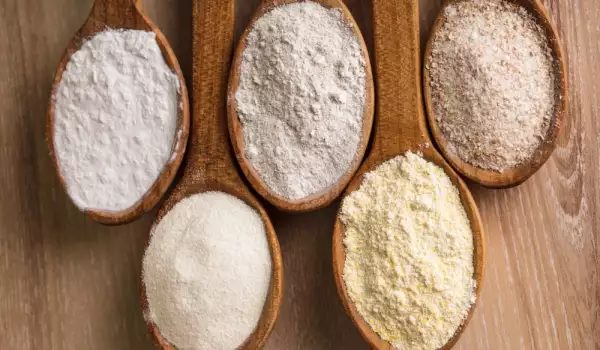
Good quality natural starch has the appearance of a homogenous, powdery product with a white color. It has a characteristic taste but is odorless. Its humidity should not exceed 13%. At higher humidity than this, the starch clumps together, its acidity increases and it becomes moldy.
Dessert starch is obtained from wheat or corn starch, added essences and harmless dye. The taste of the dessert starch should be clearly expressed and its aroma should correspond to the corresponding essence.
Dry starch cream is a mixture of starch, sugar and milk powder with added essence, cocoa or harmless coloring. This product is a semi-finished product - after boiling with water, it is ready.
Under suitable conditions, the shelf life of the starch is about one year and of the starch cream - up to two months.
Starch in cooking
Dissolved in very hot water, the starch forms a colloidal solution. Starch grains gradually swell, crack and at a higher concentration, become like paste, losing their crystalline structure. When solidified, the paste becomes jelly. It is this property of starch that is widely used for making puddings. It is also often used to thicken sauces. Turkish delight and glucose are prepared from starch. Starch is used to make many pastries garnished with various fruit.
Sources of starch
In addition to being sold in stores as a final product, starch is included in the composition of a number of foods. Sources of starch are vegetable products, mainly cereals - flour, cereals, potatoes. The largest amount of starch is contained in cereals - 60% in non milled buckwheat and up to 70% in rice. With the lowest starch content of the cereal products are oat flour and its derivatives. Bread products contain from 62 to 68% starch; in wheat bread - from 35 to 55%; in rye bread - from 33 to 49%.
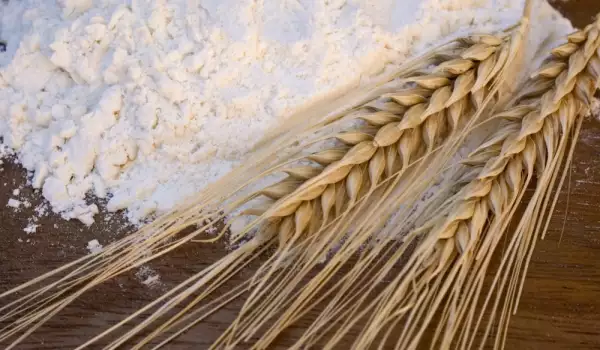
The amount of starch in legume products is also quite high – 40% in lentils, up to 44% in peas. The only exception is soy, because it contains only 3.5%, and soy flour - 10-15% starch.
Potatoes, as we also mentioned, have a very high starch content, which is why nutritionists do not classify them among vegetables /where the main carbohydrates are mono- and disaccharides/, but among starchy products, along with cereals and legumes.
Benefits of starch
Products that contain starch are good for health. Their presence in the daily menu is a prerequisite for obtaining energy and a number of useful substances such as B-group vitamins, fiber, calcium, iron. However, to limit a large amount of calories, it is best to prepare the dish with minimal amounts of fat.
Experts recommend starchy foods be consumed every day as part of a healthy and balanced diet. It is estimated that 30% of our food should consist of starchy foods.
Harms from starch
Like most products, starch has its downsides. According to recent research regular consumption of potatoes, bread, pastries and other starch products increases the risk of developing tumors.
The researchers who came to this conclusion cannot yet establish the relationship, but believe that the high insulin levels caused by the intake of too many harmful carbohydrates stimulate the growth of cancer cells.
Starchy products increase the risk of obesity and starchy puddings that are sold in stores have too many artificial additives, which calls into question their healthy qualities.
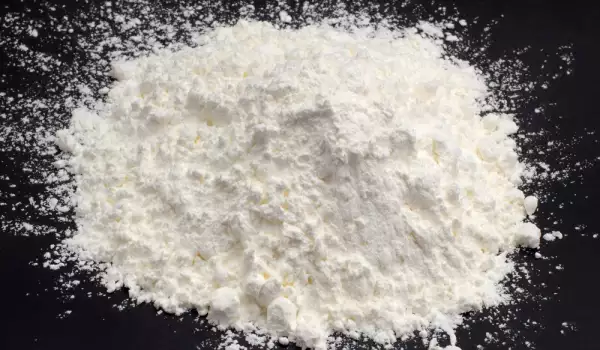
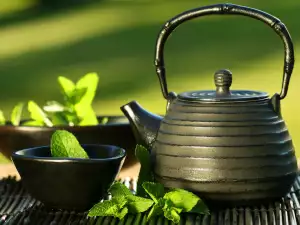
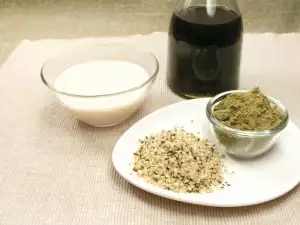


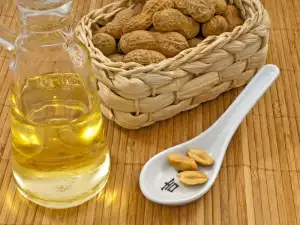
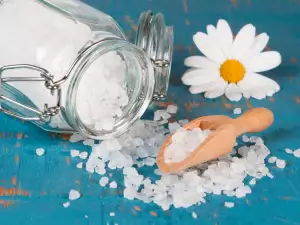
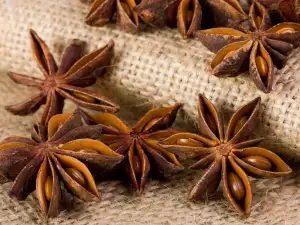


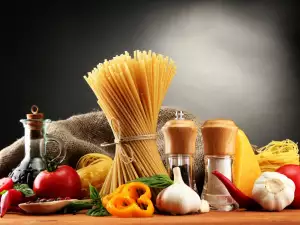

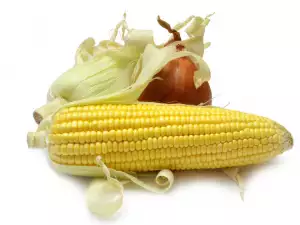
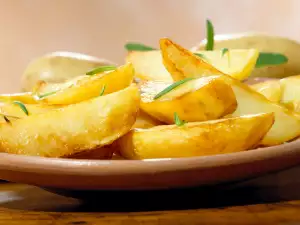






Comments